

Sports card storage in humid climates can present some serious challenges to investors and collectors.
Wondering how best to do it? Humid climates can present dangers to your cards. However, there is nothing you can do about the environment. But you can tailor your storage technique to the environment.
If you are a typical Cardlines reader, your collection means a lot to you. It may even be valuable. Hence, it is only natural that you would want to protect your investment from harm.
Humidity is one of the biggest threats to your cards. Its damaging process starts when cards attract moisture in a humid environment. Too much moisture and your cards become damp and may grow molds and mildew.
Why is this a problem? Mold and mildew break down the binding layer of your cards and might mar the surface. You certainly don’t want your cards to look like they were retrieved from the bottom of the ocean.
Humidity can even affect your graded cards. Think of your windows in this regard. When there is a sudden change in temperature and humidity, condensation occurs. It’s important to note that Beckett sleeves cards before slabbing, so you have extra protection there. Unfortunately, PSA and SGC don’t take that measure.
The most problematic cards in terms of humidity are the glossy cards of the 1990s and early 2000s. So here is our article on how to unstick a brick of sports cards. It includes a section on sports cards that are prone to damage.

Glossy cards like 90s Upper Deck can be prone to bricking and humidity damage (get Upper Deck baseball boxes on eBay).
We have established that humidity is terrible for cards. So now, how do you tell when the humidity level is getting dangerous for the cards?
The Library of Congress in Washington D.C. stores some of the country’s most important documents. So, they know a thing or two about storage. They advise that a temperature of about 50 degrees is ideal for paper documents. That means you’d be looking at a humidity range of 35%. Anything about 45%-55% can be pretty problematic.
If you want to go the extra mile, invest in a hygrometer for measuring humidity. A hygrometer and humidifier are ideal for collectors with a large and expensive collection to protect.

Sports cards are not as sensitive as historical documents, but they need to be stored in similar conditions (look for historical signed documents on eBay).
The area of the country you live in would determine how you should store your cards. For example, if you live in North Dakota, you will have concerns about the extreme cold and humidity affecting your cards. However, extreme cold with little or no moisture won’t cause much damage if you store the cards correctly.
Arizona would give you concerns over extreme heat and dryness. Leaving your card bare in such an area would guarantee prompt damage from excessive heat. They can chip unless you try keeping the cards in an air-conditioned space in storage cardboard boxes.
Meanwhile, if you live in Florida or other humid areas, you face the dangers we discussed above.
Here are some tips on maintaining your valuable cards in a high humidity environment:

Humidity can damage most things, including sports cards.
You can experiment with a variety of the options mentioned above. It depends on what works for you. Humidity varies, and room temperature is also something that depends on a lot of factors. Be sure to do whatever works for you.
Card collectors often overlook card storage even though it is essential to the safety of their collections. While considering storage options for your cards, ensure not to laminate them to avoid reducing their quality. On the other hand, if you store your cards correctly, you can preserve them for later investment or future generations.
I hit a SWEET auto from the #1 overall pick at PCB hobby
The Ultimate 2024 Football Card Brand Tier List (Panini vs. Topps and more!)
2025 Topps All Star Game Mega Box Product Review
Ripping the new Topps All Star Game mega box.
Is this new sports card store the BEST VALUE around?
I Tested eBay Auction Promotions So You Don’t Have To!
I deep-dove on Fanatics Collect so you don't have to (but should you?)
Panini is launching a WNBA Product at $30,000!?
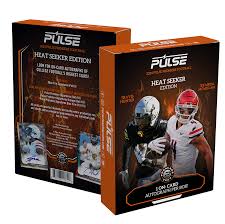
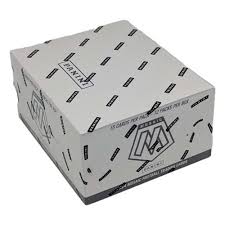
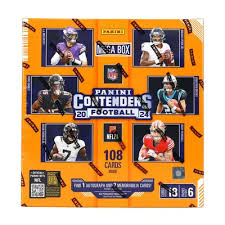
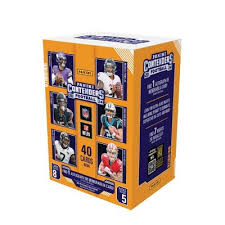
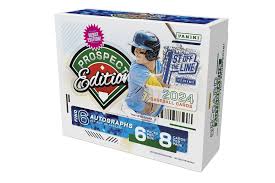
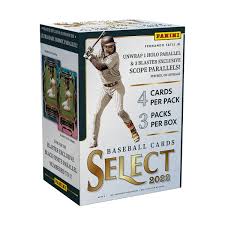
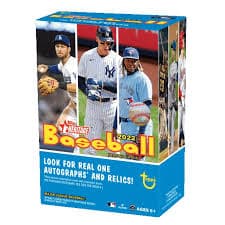
2022 Topps Heritage Baseball Blaster Box Configuration: 7 Packs per Box – 9 Cards per Box. Plus 1 extra pack.
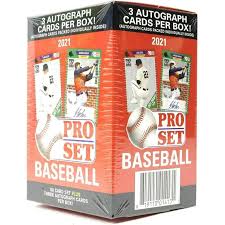
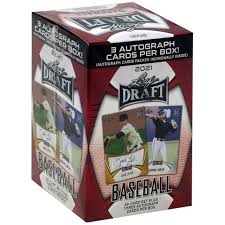
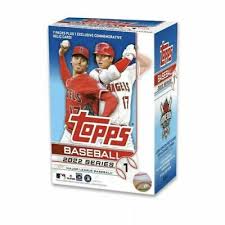
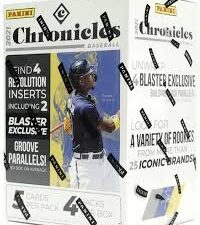
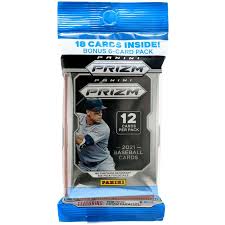
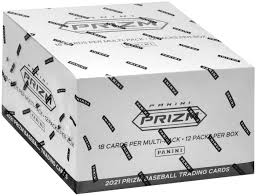

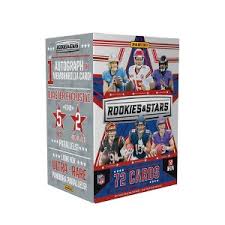
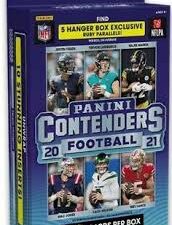
Keep up on breaking Sports Card News, our latest articles, product specials and exclusive content with expert analysis of hobby trends.

© Copyright 2025 - All rights reserved Cardlines.com / Media Techs LLC - Sports Card News, Reviews, Releases and BREAKS - #thehobby.
Important: When you click on links to various merchants on this site and make a purchase, this can result in this site earning a commission. Affiliate programs and affiliations include, but are not limited to, the eBay Partner Network.
Sports Card Scavenger Hunt! (5,000 Subscriber Special!)
Cardlines 9 hours ago